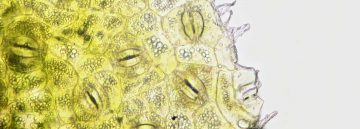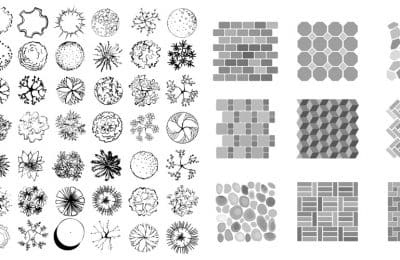Guest Article
by
Stephen Drummonsy
Pick up a handful of soil in your garden. I bet you are thinking, “this is ordinary, unexciting earth”. Yet it is one of nature’s miracle, and one of her most complex products. Your success as a gardener will largely depend upon its condition, so take the first bold step in gardening…. get to know your soil.
All soils are composed of four basic components, they are: Water – Water is essential for the support of both plant and soil life – it is also the carrier of nutrients. Water is absorbed into humus and absorbed on to the surface of particles. Water adheres tightly to clay, restricting both drainage and uptake by the roots.
Air – Air is essential for the support of plant life and desirable for soil life – it is also required for the breakdown of organic matter to release nutrients. Movement of air is necessary to avoid the build up of toxic gases. This movement takes place through the soil pores.
Mineral particles – The non-living skeleton of the soil is derived from the decomposition of rocks by weathering. The parent rock usually (but not always) lies under the soil and both the fertility and size of the particles are governed by the type of parent rock.
Organic matter – Fertile soils contain a minimum of 5 per cent organic matter. This is present as a mixture of mixture of living, dead and decomposed organisms, both animal and vegetable. True humus is a dark jelly-like substance which binds mineral particles into crumbs.
The physical quality of the resulting blend that we know as soil is described as its texture or structure, but these two terms do not mean the same thing.
Soil texture: refers to the proportions of the different sized mineral particles which are present. When course particles predominate, the soil is described as light. If the particles are minute, the soil is called heavy. The ideal soil lies between these two extremes. The course and minute particles should be evenly balanced to produce the medium-texture soil known as loam. Soil scientists recognise 17 or more types of mineral soil texture, but for the gardener there are just 8 basic types, these can be put in to 3 groups. Light soil, medium soil and heavy soil.
Soil structure: refers to the way the mineral particles are joined together, they may be grouped as clods, plates or crumbs. A crumb structure is ideal – it is what we call ‘friable soil’ with a ‘good tilth’.
Your soil may be nothing like a crumbly loam. It may be a back-breaking clay or it may be sandy stuff which always needs feeding and watering. Don’t despair, it is quite simple to change the structure of any soil. Organic matter will cement sand grains into crumbs. Digging, liming and organic matter have the same effect on clay particles.
The improvement may be spectacular, but you cannot change the basic texture unless you add vast quantities of the deficient mineral particle. So your soil will remain basically clayey, sandy etc., which means that you should wherever possible choose plants which the catalogues recommend for you particular soil type.
About the author:
An incredible amount of my time is spent in my garden but, I am getting older and things are becoming harder to do. I have decided to use a company called Gardener London. So far they have given me all the help and advice that I have asked for. I still do my own gardening, but I use them for advise about the best way to get the results that I am after.


